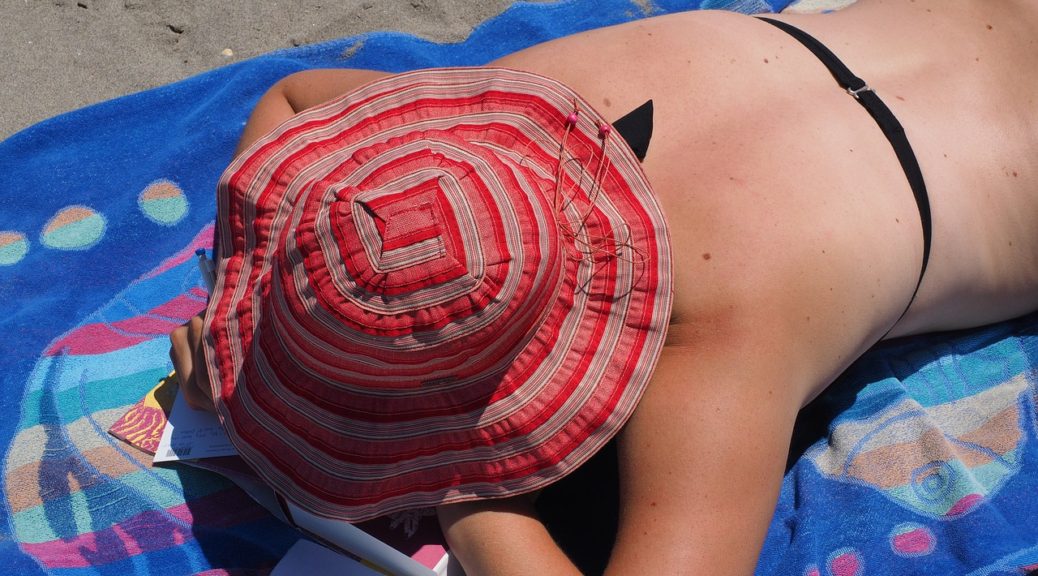Cost Analysis of an Occupational Sun Safety Intervention
Klein Buendel investigators and their collaborators have e-published the results of the cost analysis of distributing the Go Sun Smart at Work program via two different methods in the Journal of Occupational and Environmental Medicine (JOEM).
This randomized trial compared two methods (digital and in-person) for scaling up an evidence-based occupational sun protection program nationwide. The program was designed to help workplaces implement skin cancer prevention policy and training for employees who work outdoors. One hundred thirty-eight (138) regional districts in 21 state Departments of Transportation throughout the United States were randomized to receive the Go Sun Smart at Work program via in-person or digital scalability methods in 2019-2022. Results of the effectiveness of the trial were published in JOEM in January 2025.
For the economic analysis reported in this companion publication, the cost of delivering the Go Sun Smart at Work program was obtained from project accounting records and manager reports. The study followed the Consolidated Health Economic Evaluation Reporting Standards (CHEERS) reporting guideline for economic evaluation (1). The primary outcome of the economic analysis was an incremental cost-effectiveness ratio (ICER) from the perspective of the disseminating organization, although induced costs to the employer were also recorded and reported. The ICER numerator is the incremental difference between digital and in-person strategies in average program cost (C) per regional district. The denominator is the incremental difference between digital and in-person strategies in the mean number of implemented workplace sun protection actions (per regional district) (E [for effect]):
ICER = (Cdigital – Cin-person) / (Edigital – Ein-person)
Program delivery costs were estimated to be $15,658 for the digital strategy and $74,275 for the in-person strategy. Across all districts, the ICER was $3,305, representing average cost savings from a sun safety action not implemented under the digital strategy but implemented under the in-person strategy. In summary, the digital scalability strategy was cost-effective relative to an in-person strategy, generating substantial cost savings and offsetting a lower mean number of implemented program actions. Full descriptions of the research methods, results, and limitations are included in the JOEM publication.
The research was supported by a Cancer Moonshot Initiative grant from the National Cancer Institute (CA210259; Dr. David Buller, Principal Investigator). Co-authors include Dr. Richard Meenan from Kaiser Permanente Center for Health Research; Dr. Gary Cutter from the University of Alabama in Birmingham; Dr. Kimberly Henry from Colorado State University; Dr. Sherry Pagoto from the University of Connecticut; and Mary Buller, Julia Berteletti, Irene Adjei, and Noah Chirico from Klein Buendel. The authors thank the American Association of State Highway and Transportation Officials (AASHTO) and the senior managers of the participating state Departments of Transportation for supporting this research project.
References
- Husereau D, Drummond M, Augustovski F, et al. Consolidated health economic evaluation reporting standards 2022 (CHEERS 2022) statement: updated reporting guidance for health economic evaluations. Value Health. 202;25:3-9.









